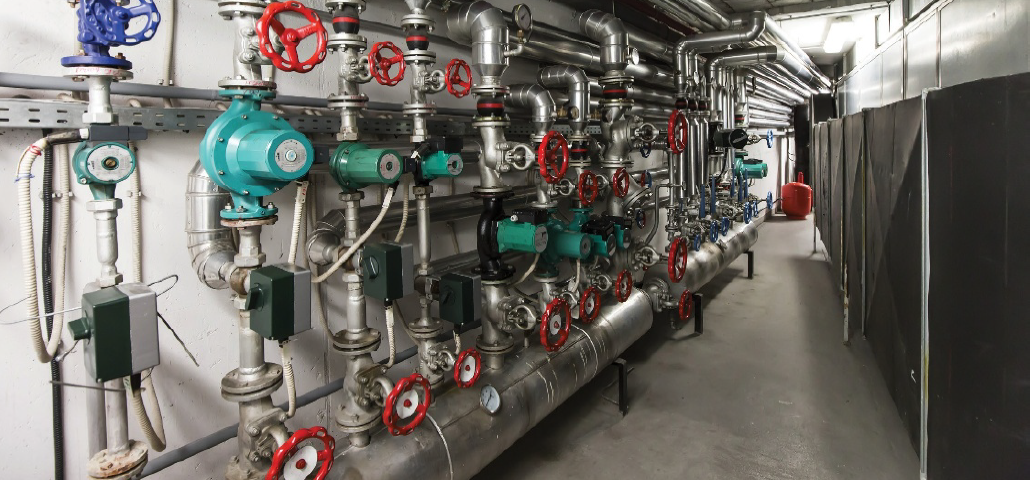
Most Widely Used Test Equipments
5 Ekim 2019Retro-Comissioning processes yield a facility capable of performing more efficiently at lower cost than it had previously.
RETRO-COMISSIONING
- Retro-commissioning is a process for existing buildings that involves an assesment of building systems to ensure they operate properly, taking account the original design and specifications, but also adressing any changes in occupancy since construction.
- Retro-commissioning can be a very cost-effective way to improve building energy efficiency.
- Retro-commissioning can achieve 15% - 20% energy saving and short payback period.
Following examples illustrate the difference between retro-commissioned buildings (but not limited) operation without commissioned
1 – Adjusting HVAC controls to optimize performance with Test and Balancing
2 – Temperature and Pressure Sensor Calibration, Sequence and Control Checking
3 – Indoor Air Quality Control
4 – Cleaning and Reparation of Systems
5 – Documentation and training of key persons
BENEFITS OF RETRO-COMMISSIONING
As previously stated the main benefit of retro-commissioning is energy efficiency. However the procedure bring many other benefits.
- Visual and Thermal Comfort
Occupant complaints are reduced after retro-commissioning projects. Thanks to the improvement in lighting levels, temperature and humidity.
- Equipment Service Life
When equipment operate optimally, its service life is extended. This allows building owners to delay capital expenditures that are due to equipment replacements.
- Indoor air quality (IAQ)
Poor HVAC operation can lead to accumulation of air pollutants or excessive humidity. In turn, humidity stimulates the reproduction of mold and dust mites, both of which can be cause allergic reactions or trigger asthma attacks.
- Improved Productivity
RCx can help eleminate issues such as noise or lamp flicker, which may distract occupants and reduce productivity in office environments.
- Maintenance Saving
Equipment issues are address and solved permanently during ratio. Commissioning which results in long maintenance savings.
- Rcx will helps building owners to reduce energy cost by reducing on heating-cooling and improvement on lighting levels.
WHEN IS RETRO-COMMISSIONING RECOMMENDED
In general, a retro-commissioning projects can yield a higher return on investment in older buildings, or buildings that have never been commissioned before. However, there are many situations that indicate building systems mus be checked and tuned.
- Recent occupancy change
Hvac and lighting needs vary significantly according to the type of occupancy. For instance if space previously used for a store is converted to an office area, increased ventilation rates will be needed due to the higher occupancy.
- Increasing energy consumption
If the electricity and gas bills of a building have been constantly, increasing with no evident explanation, retro-commissioning can be effective way to identify and address the cause.
- Increasing occupant complaints
There are typically the results of poor lighting, noisy HVAC systems, poor water pressure, excessive temperature or moisture extreme, just to name some possibilities.
RETRO-COMMISSIONG PHASES
- Planing
Goals sholud be defined the commissioning authority (CxA) is chosen and assembles a team to develop a retro-commissioning plan that includes projected costs and savings. The scope of work is negotiated between the CxA and owner and provides an outline of the procedures to be carried out, a schedule of activities, the defined roles of each team member and forms to document the team’s activities.
- Investigation
Once the project plan is in place, the CxA surveys the facility occupants, O&M staff and building’s system to identify their purposes and how they are operated and maintained. The service CxA performs functional testing, looks for efficiency issues and then determines the most cost-effective potential improvements. An ideally performed investigation effort includes a high degree of O&M staff involvement. So that small repairsand tune-ups can be made to provide an immediate return on investment through energy and performance enhancements as well O&M Staff training. At the end of the investigation phase, the CxA reports the finding to the owner, who then chooses which changes to implacement.
- Implementation
Once the owner select the opportunities to pursue, the retro-commissioing team implements those changer. The team verifies that the measures are performing as expected. This verification serves as a benchmark to track the system performance after retro-commissioing is complete and when ongoing commission is enacted.
- Hand-off and Implementation of Persistence Strategies
At the end of the process, the CxA commissions the implemented the changes and produces a final report to document final conditions meet the new facility requirements. The building’s O&M staff is trained in sustaining the efficiency of the building’s process, persistence strategies such as ongoing commissioning and monitoring based commissioning should be discussed to maintain the benefits of retro-commissioning throught the building life cycle.
- Conclusion
Retro-Comissioning processes yield a facility capable of performing more efficiently at lower cost than it had previously.
10,826 total views, 6 views today



